A Beginner's Guide to Large Format Photography
5 11 Share TweetWhen you are dating the right person, there comes a time when you feel ready to meet the family. In analogue photography Large format photography is the equivalent of going for lunch at grandma's house for the first time.
The name itself can be intimidating, especially when you know little about this format. Large format photography, although one of the most elementary camera systems, is not usually a place you end up as a beginner. But you may feel intrigued and ready to seriously think about it. So if you're ready to take your first steps, we have the perfect guide for you!
In this article we will go through the equipment needed and will make a loose estimate of the cost you can expect.

Let's first look at some of the defining characteristics of the medium. What is large format photography? The term refers to the size of your film sheet, that will in turn determine the camera size you'll use as well.
Commonly referred to in inches, large format sheet film starts at 4×5, 5x7, and 8x10, going up to ultra large formats such as 11x14, 16×20 and even the incredible size of 20×24 (51 x 61 cm). Therefore, one of the first characteristics that is highlighted is the higher resolution you can get from each negative. Digital photographers can only dream of the quality you get from even a 4x5 frame. Sharpness, grain, better tonality, and the beauty of such negatives are overwhelming.
The size of the camera is something that will play a crucial role during the process of choosing your gear when photographing with large format cameras, forcing you to slow down even more when you have to carry all the equipment you'll need with you.
Different photographers work at different speeds. Many have perfected the art of being fast, for example, when shooting street photography. But that's not the reality of shooting with a large format camera. The concept of time changes. The common concept of being more intentional with your shooting is an integral part of the analogue experience, and it is even more crucial when working with a large format.
Whether you are in the studio or out in the field, the whole process will require a different level of concentration, preparation, and knowledge. Therefore, if you wish to enter this fascinating world, you should research the specifics of each element and what will suit your needs. Consider that each piece of this puzzle is important for the final results you wish to achieve. There it is, you are already slowing down.
What You'll Need:
Camera: Prices ranges between 200€ /5,000€.
There are two main kinds of cameras: field cameras and monorail cameras. Monorail cameras feature more movements: rise, fall, shift, swing, and tilt, but their weight is considerably heavier, on average between 4 or 5 kilos, making them challenging to transport and shoot outdoors. Even though there is greater control over the features in terms of flexibility of camera movements, this is only true once the camera is set on the tripod.
The limited use of these cameras relegates these bodies to a unique use. However this also makes the price of these cameras quite reasonable.
Field cameras, on the other hand, have the advantage of being relatively lightweight and portable. They can be close to the size of a book and usually have a handle on the side to carry the camera. Unlike the monorails, these cameras have few adjustments available and movement can be limited. Think about how you will use your camera, and decide which factors would be a good compromise.
Extra Tip: When buying a secondhand camera check the bellows carefully for light leaks. They can be worn out and in need of repair.
Lenses: Price range between 150€ to 2,000€.
For these cameras, the lens construction is simple, with three elements in total. The front lens, the shutter mechanism, and the rear element. There are many lenses out there, new and from the secondhand market. As always prices can vary quite a bit depending on the condition and characteristics.
All of them need to be mounted on a lens board made of wood or cardboard that holds the lens to the front part of your camera. They come in three sizes 0, 1, and 3. The lens holders are interchangeable and allow you to change lenses easily.
In large format photography, the focal length is different to 35 mm. To understand the different focal lengths of each lens it is useful to multiply the 35 mm equivalent x 3. The equivalent of a 24 mm in 35 mm is a 75/90 lens in 4x5 and a 120 mm lens in 5x7. To cover a sheet of 4x5 film the lens must have an image circle of 153 mm.
When looking at lenses, you have to take into account that the coverage area of your negative is fully covered by the lens and not only at the edges. It should have extra space to allow compositional movements around the circle without creating dark vignetting. Unfortunately, the rule that the bigger the lens, the bigger the cost, applies here too. When building up your gear make sure that the lens you have selected for your camera can fit your bellow extension and that you have enough room to focus.
Not all the lenses have the built in shutter mechanism, it is common to have the shutter separated from the lens. This is a delicate mechanism, and you must check the mechanics and functionality of your shutter to avoid a clogged shutter in the middle of a shooting.
Tripod: Price range between 150€ to 1,600€
This is quite a straightforward point. You need a reliable and sturdy tripod to support such a big camera. What matters is that the legs of your tripod are stable. Wind will be your worst enemy when shooting outdoors, and you have to make sure to feel secure in many weather conditions. However, a light tripod will be easier to carry around, and the weight of this tool may also contribute to your final decision.
Film: Price range between 20€ to 330€ per box.
Let's not kid ourselves, this type of film is expensive. The packages come with 10 to 50 sheets of film. One sheet of film can vary from 3€ to up to 40€, depending on the manufacturer and if it is color or black and white. Let's not forget that you will have to develop and scan, so the total expense can get high just for one photo. This kind of limitation often confines this photography to special projects or clients that are willing to pay the price of analogue photos.
The good news is that there is still some choice of manufactures available and a variety of film stocks, as well as positive paper that you can work with. Also, budget for some beginner mistakes and think about how many negatives you might sacrifice.
Our LomoGraflok 4×5 Instant Back offers the great advantage of shooting instant film on a 4x5 back, and it is compatible with all Graflok-equipped 4×5 cameras to load with Fujifilm Instax Wide. It is perfect to test your shot and check your settings are correct before taking the final image.
Film Holders: Price range between 45€ up to a 100€
So, you guessed it right, you will need to purchase some film holders separately. Each of them can carry up to 2 sheets of film. If you wish to shoot at least 6 images, you will need at least 3 holders. Scouting the secondhand marketplace is always a good choice if you are trying to save some money.
Accessories: Price vary
A few more accessories are needed to complete your large format set. A darkcloth to help you focus in bright sunlight and, in general, to see the image on the ground glass in the rear element. The glass is matted and it is challenging to focus correctly so you will need a focusing aid, a normal loupe will be more than enough. Lastly, you'll need a cable release and a light meter, but you probably already have these two you in your photography bag. One more accessory that can come in handy is a fresnel lens to add to your ground glass to obtain a brighter and sharper image.
We hope we haven't completely scared you off. In conclusion, this is a highly rewarding format to shoot but it is not something that you should jump into without doing some solid research first. Be mindful of what you are getting yourself into, and most of all, make sure you have fun. We can't wait to see your work shared with our community.
What are your feelings about large format photography? Will you give it a try? Share your thoughts in the comments below.
written by eparrino on 2023-12-28 #gear #tutorials #4x5 #sheet-film #large-format-photography #field-cameras #monorail-cameras







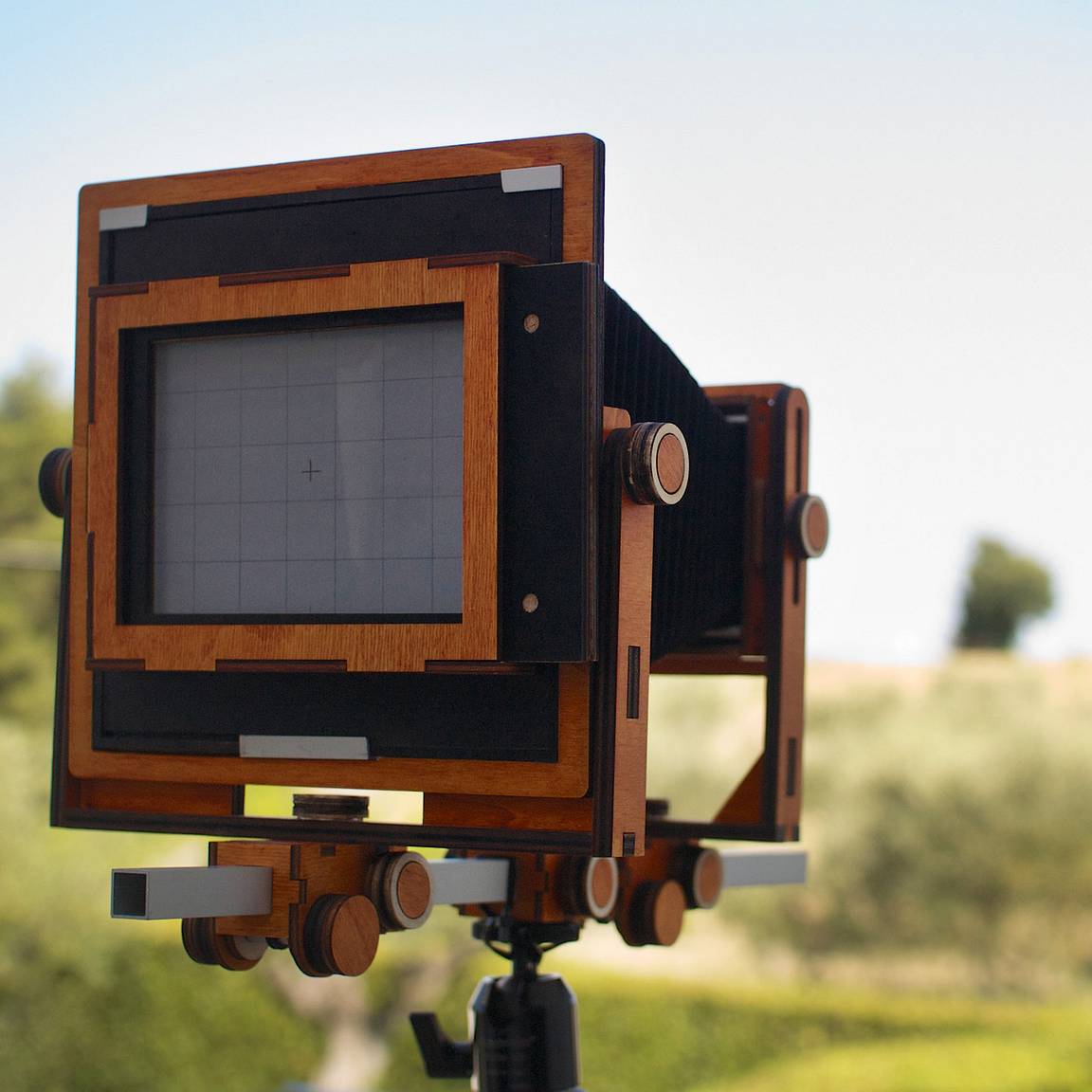


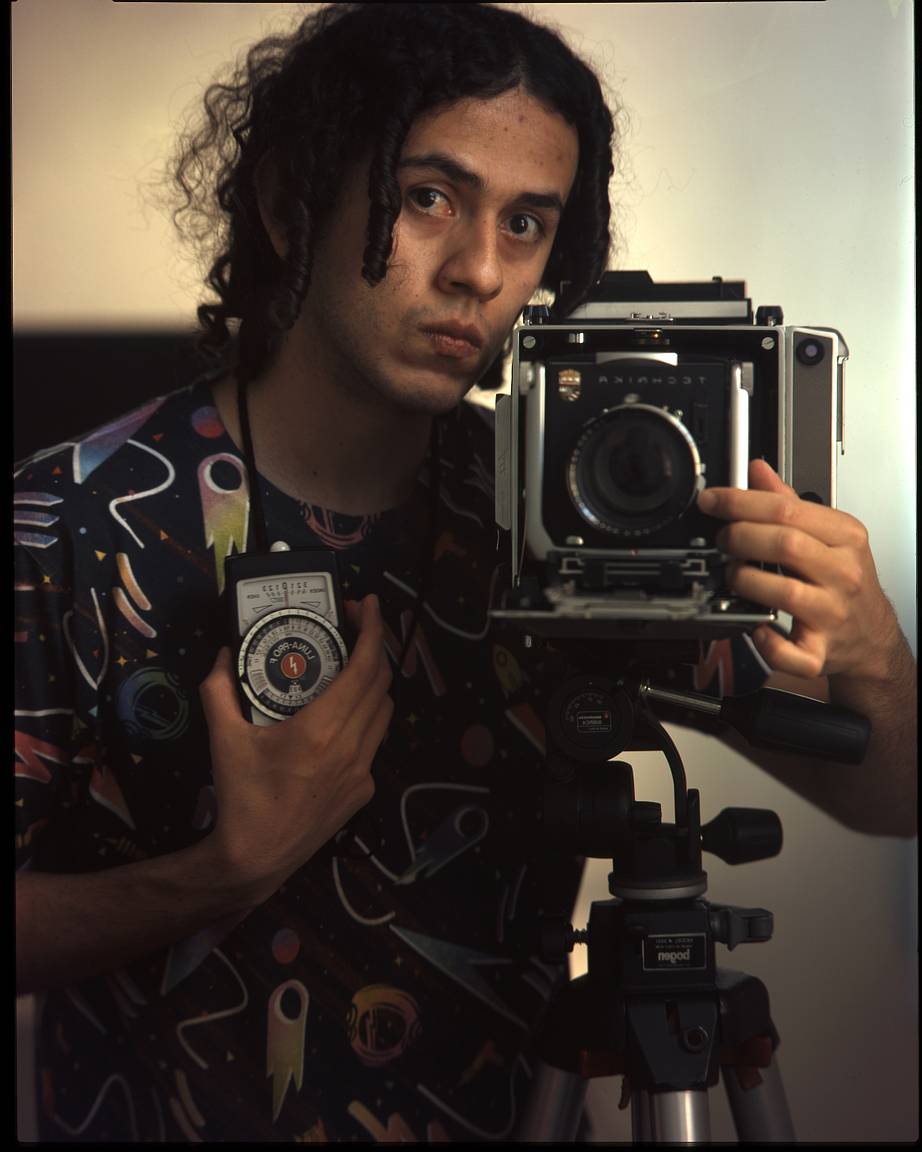

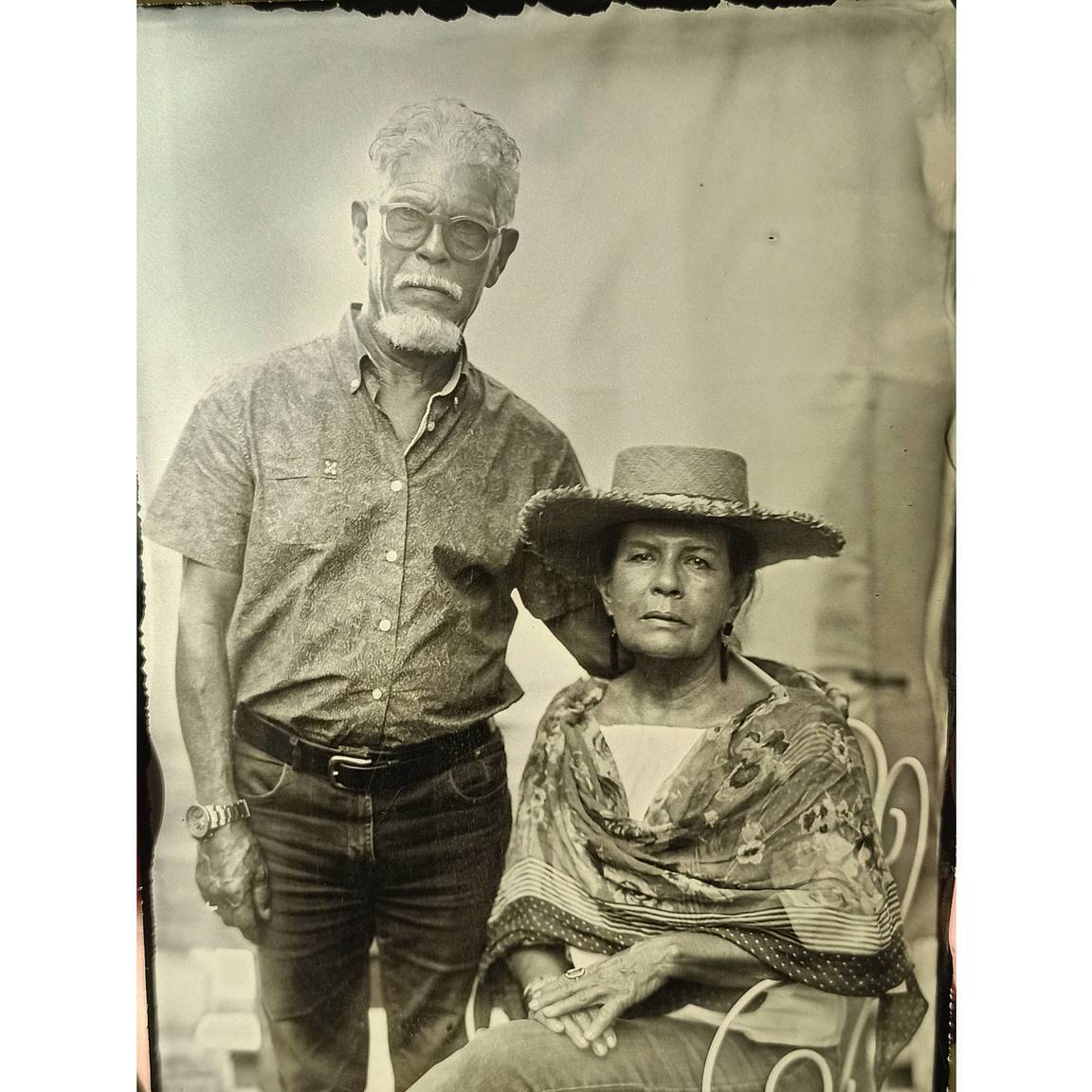


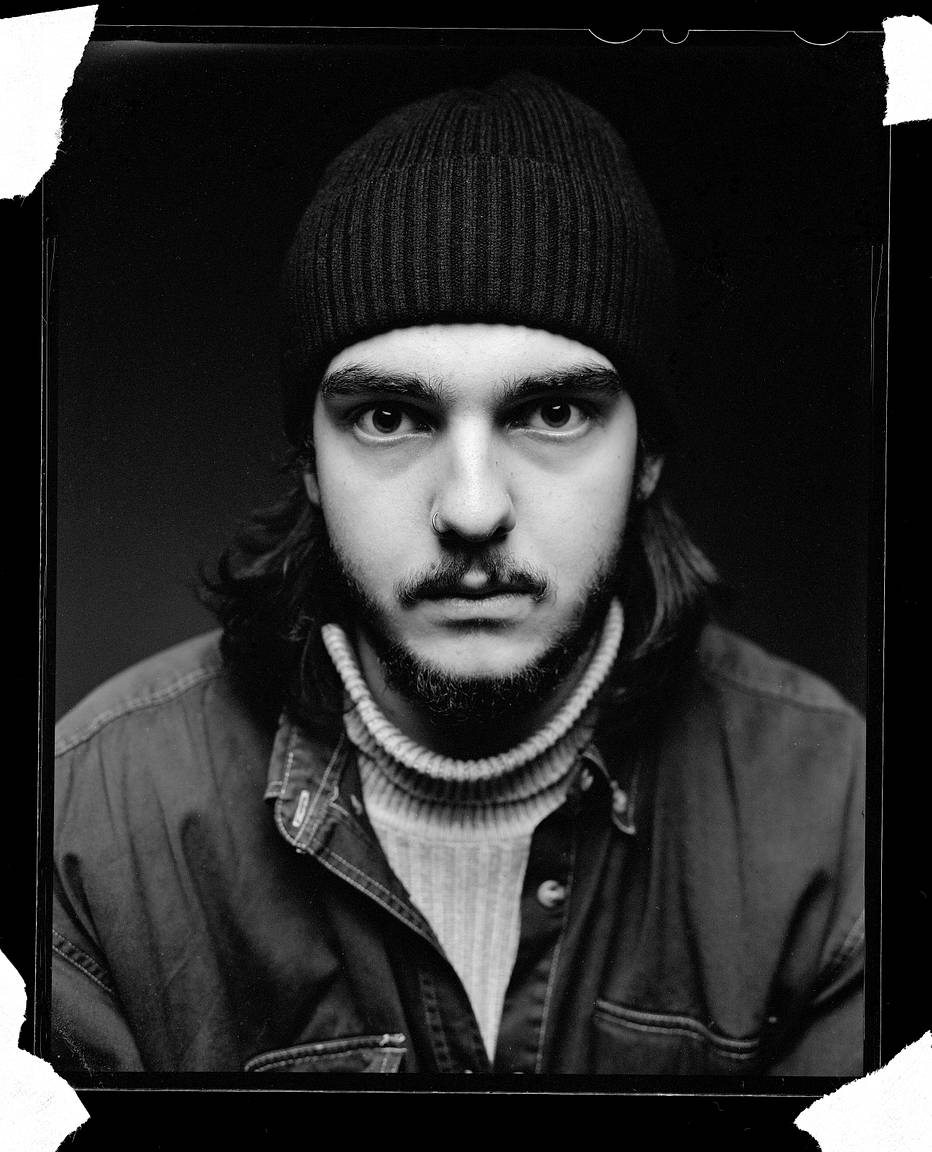
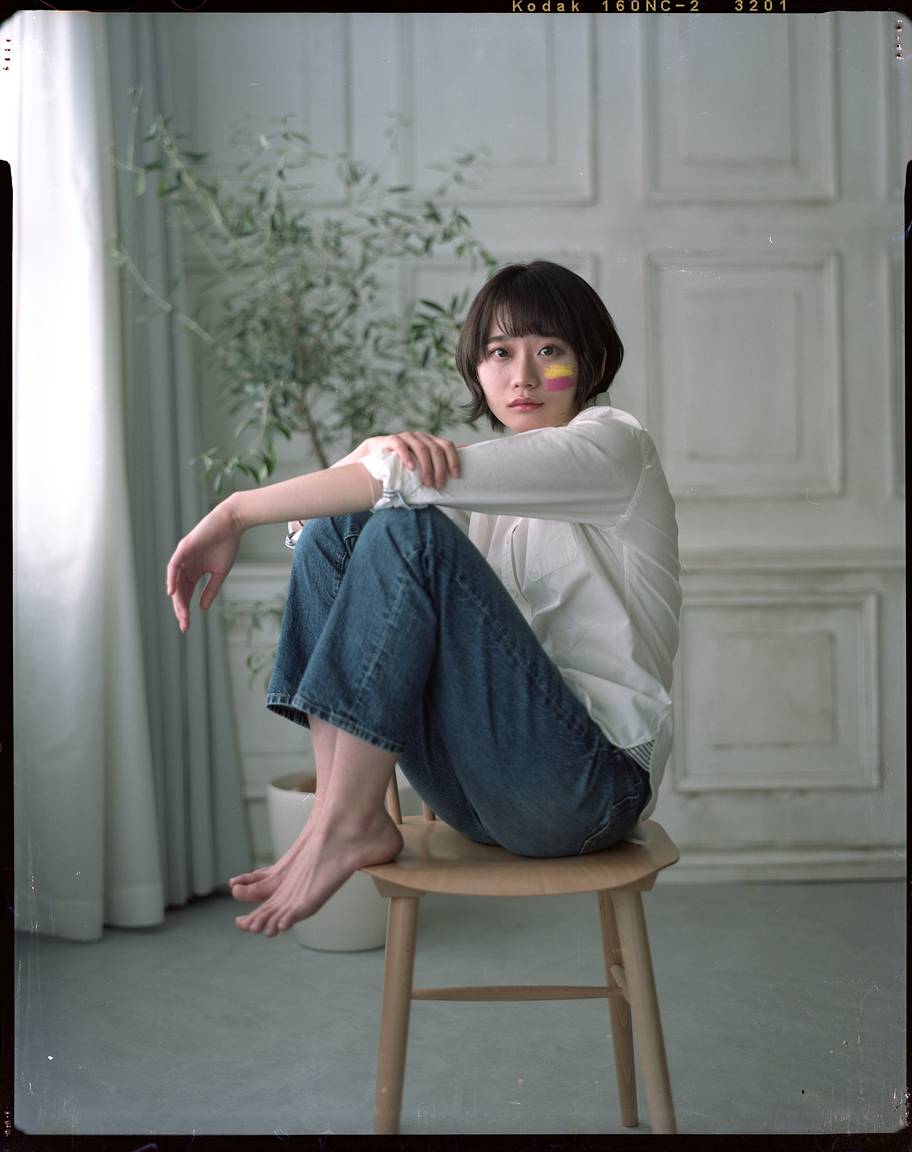


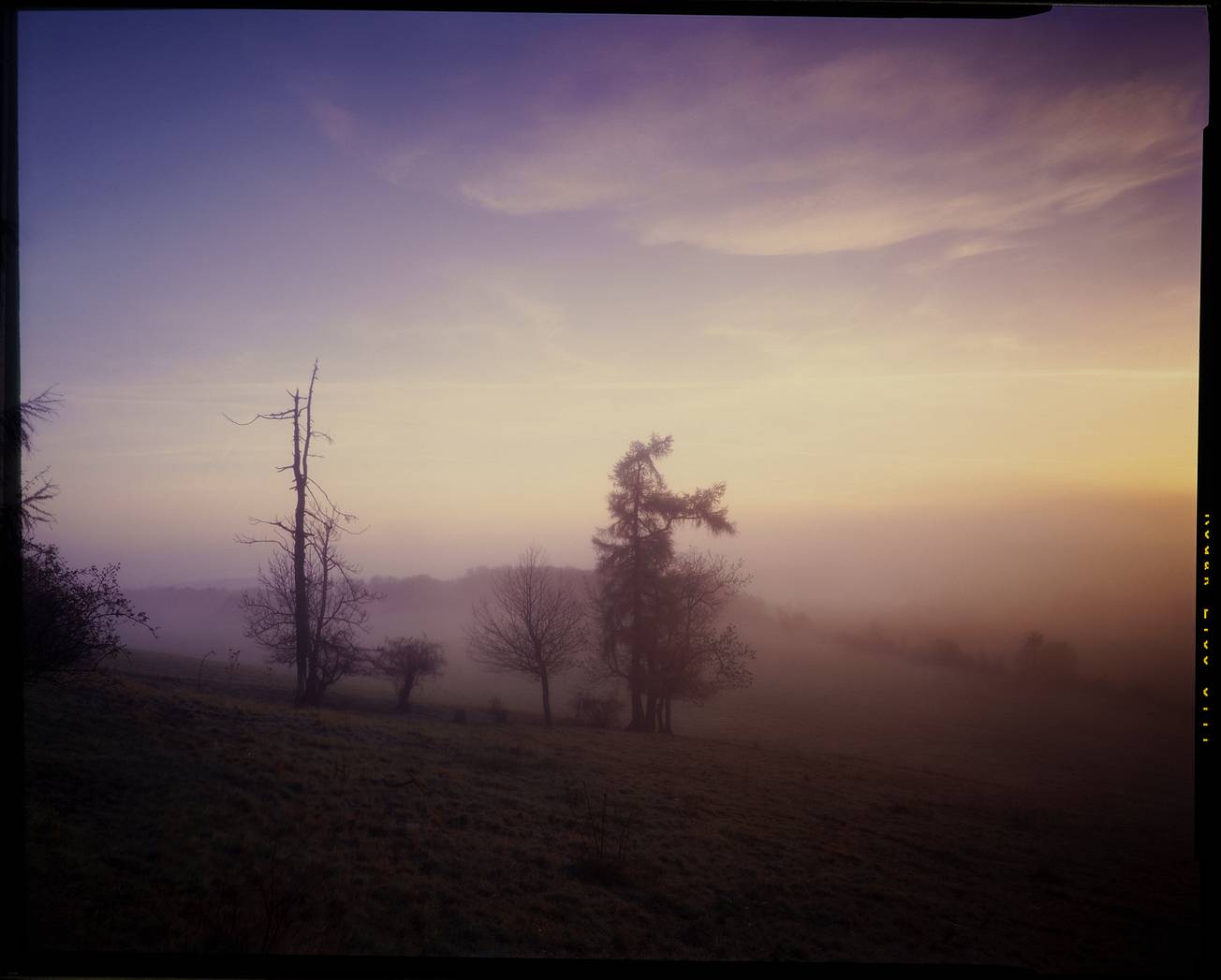


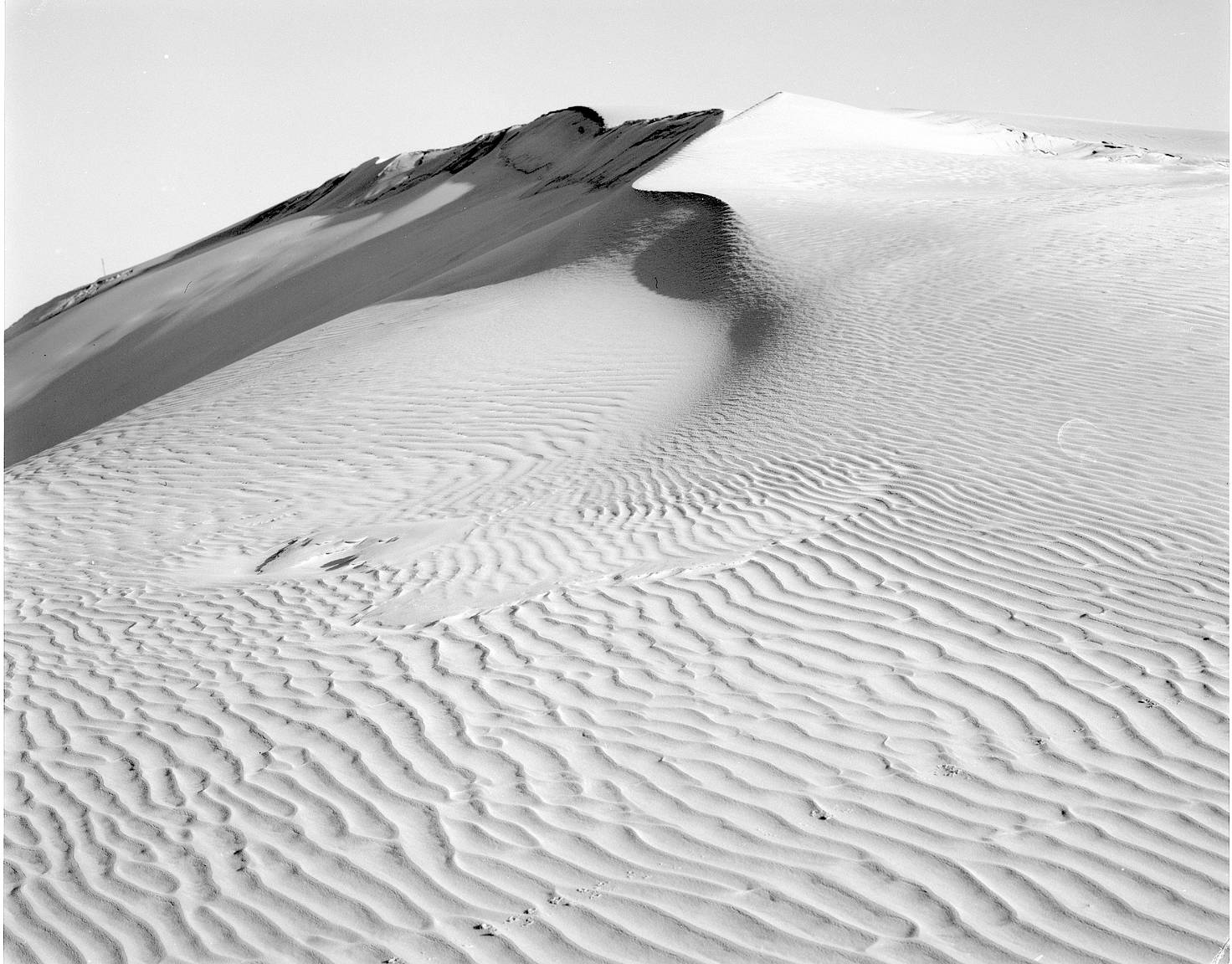





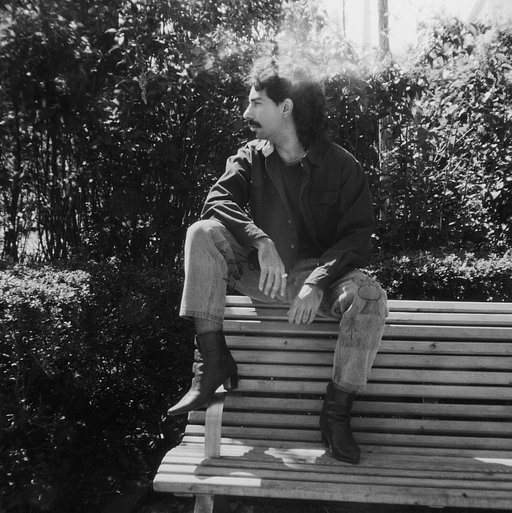










5 Comments